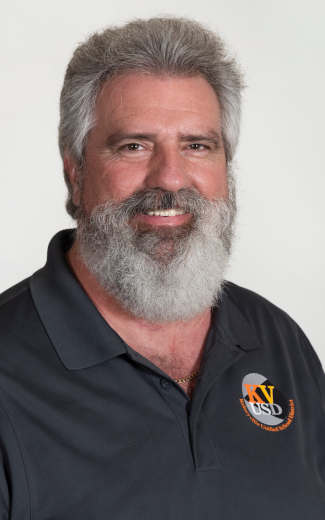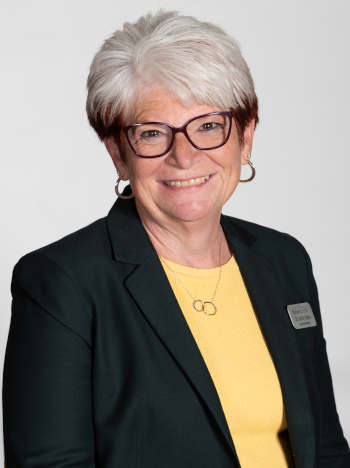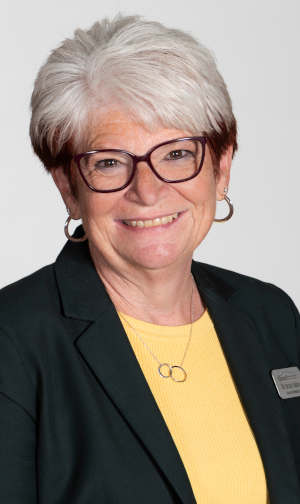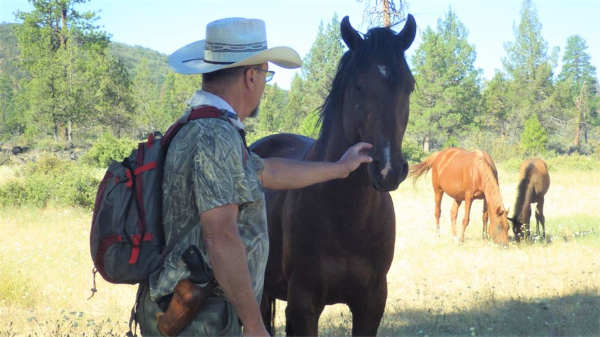- Dr. Dave McQueen
- Posted On
Putting Students First: Thanks for the memories

Here we are with just a couple of months to go before summer hits and I become a retired guy.
I have lots of fond memories from my long years in education and I am grateful that I got to work with so many people who care about the same things I do: helping others, being kind and treating everyone with respect. As far as I’m concerned, that’s what it’s all about.
I’ve had all kinds of experiences, and my way wasn’t always the right way. It’s clear to me that you can get to a particular goal using different routes. If I have any advice for students as they go through life, it’s don’t box yourself in. Consider all the options. Look at a situation from all the angles — and listen to what other people have to say. They might know something you don’t. That’s surely been the case for me.
I’m really glad I listened to great advice from my secretaries over the last 24 years, and from so many others, board members, administrators, teachers, classified staff, parents, and students — and my family.
I especially want to thank my wife and family for guiding me and being patient while I was doing my job many nights out of the week. It’s their love and trust in me as a husband and father that has been a true bedrock.
It’s amazing what you learn if you listen long enough. A few years back when I sat around a table asking high schoolers how we could make things better, I got a whole new perspective on what it was like to be a student nowadays.
Students shared interesting ideas — like how great it would be to have a place to raise animals for Future Farmers of America. With the help of our Agriculture Department, the community, students, and a generous donor, we were able to build a new barn to house animals and help that student and others achieve that goal.
I also listened to parents and community members back in 2015-16 when they said Kelseyville students needed a state-of-the-art shop building at the high school and a multiuse room shared by Mountain Vista Middle School and Kelseyville Elementary School where kids could get out of the rain during lunch and play sports after school. We all worked together to pass the Measure U bond and our schools got some much-needed upgrades.
My fondest memories by far are my interactions with students, especially yard duty. Sometimes, when I was principal at KES, we’d play three flies up with the kickball, where I’d kick the ball as high as I could in the air and the kids would try to catch it. It probably wasn’t the safest, but the kids and I loved it.
I also remember a time when, at the end of recess, this second-grade boy came running up to me and said, “Mr. McQueen, I love your daughter.” (She was also a second-grader at the time.) I told him, “I do too, now get to class.” My daughter is all grown up to today and blessed me with a granddaughter in December. Time sure flies.
It’s been great watching both students and staff grow into their potential. We’ve had so many incredible high schoolers join the workforce and give back to our community, to serve in our armed forces and protect our nation, and attend college so they can take on all sorts of important roles.
I remember one graduating high school senior who told me she was going to get her teaching credential and come back to teach at Kelseyville Unified School District because she had received such a great education here–and she was true to her word. She is now one of our teachers.
I also know of a staff member who started as an instructional aide, became a school secretary, and then got her teaching credential so she could become one of our teachers. She is teaching in our district today and is a shining example of grit and determination. Everyone at Kelseyville Unified School District is encouraged to grow and take on new challenges.
Even through a tremendously difficult pandemic, our staff and students rose to the occasion. It wasn’t always easy, and we didn’t do everything right, but we always did our best to help families when they needed it.
Now, I feel like I’m at the end of my leg in a relay race and I’m passing the baton to Dr. Nicki Thomas, who is ready to take Kelseyville Unified into the future. She has fantastic ideas and incredible academic prowess. She’s been with the District a long time, and she is really listening to the community.
I had a good run. Thanks to everyone for giving me the opportunity to serve this community I love. Kelseyville Unified is in good hands.
After June 30, I’m off to spend time with my family and be a grandpa. Thanks to every board member that I have worked with in the past, and the current board for their leadership and love for this school district.
I want to thank every Kelseyville Unified employee, parent, guardian, community member, and student for making my time at Kelseyville Unified enriching and enjoyable.
I wish the best for you all as you continue to make Kelseyville Unified the best it can be.
Dr. Dave McQueen is superintendent of Kelseyville Unified School District.





 How to resolve AdBlock issue?
How to resolve AdBlock issue? 




